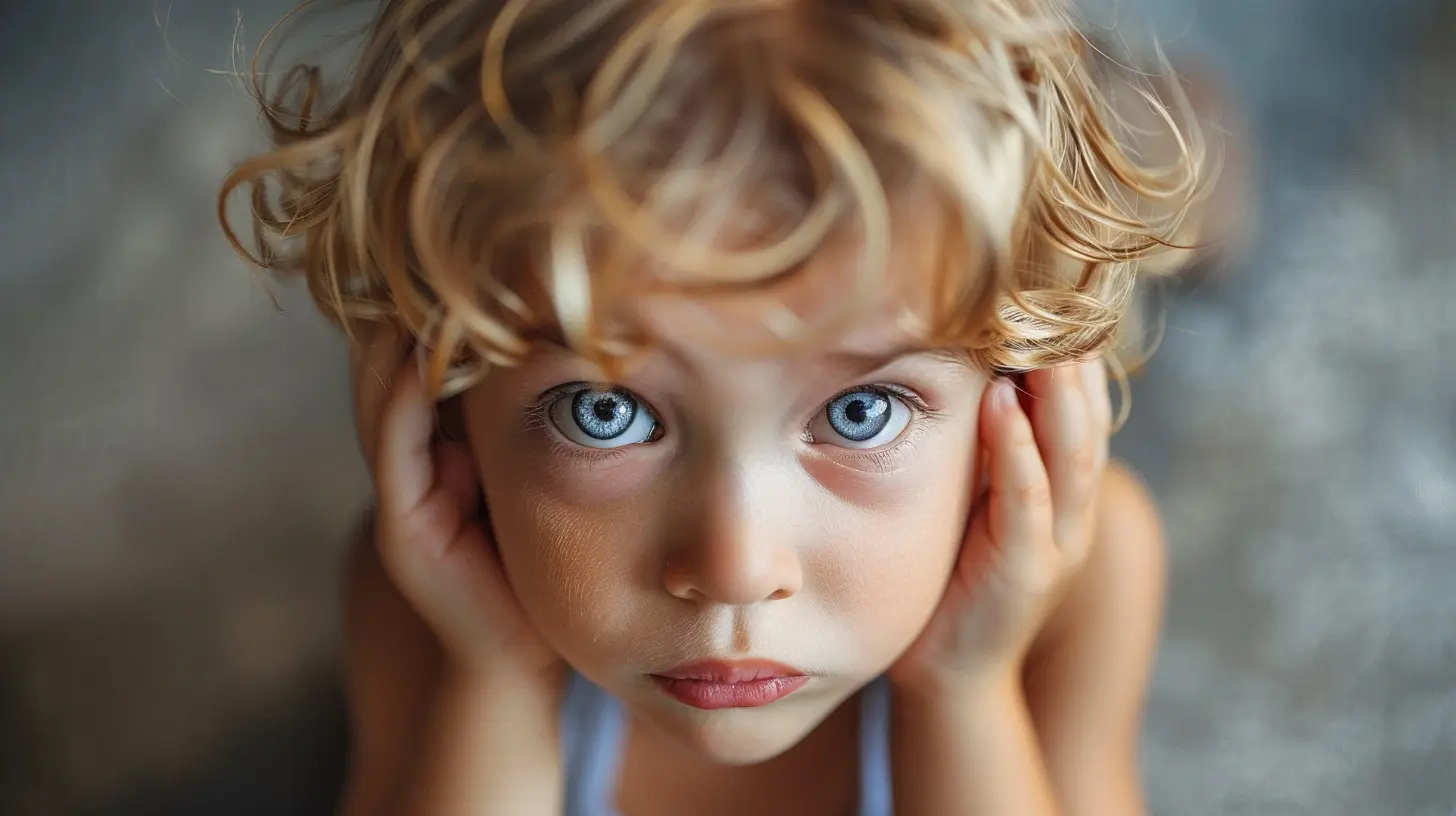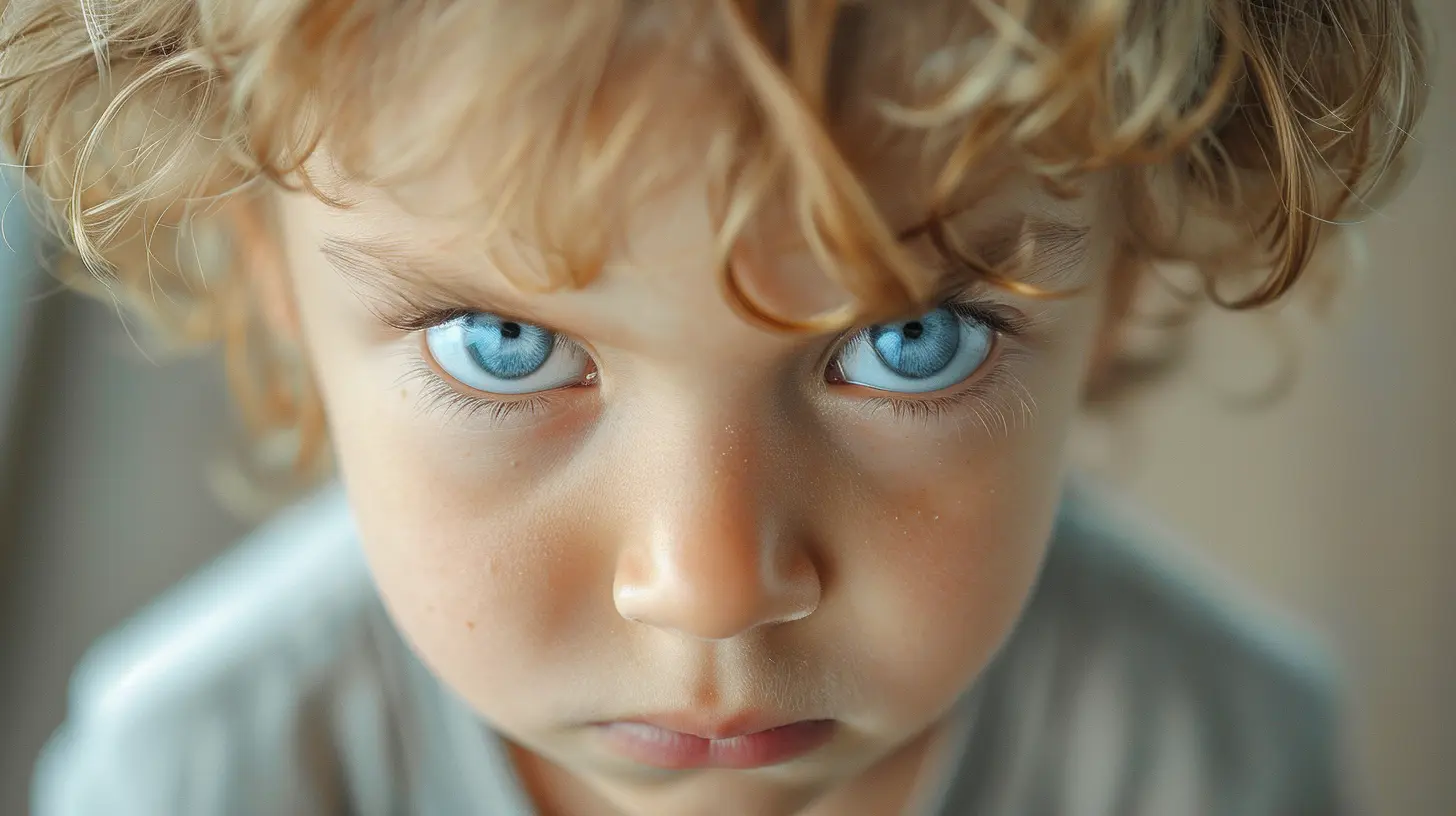How to Encourage Your Toddler’s Emotional Intelligence
8 November 2025
Let’s be honest—raising a toddler is like trying to understand a tiny, emotionally unpredictable alien who lives in your house, throws their snacks on the floor, and melts down because their banana is “too bendy.” Now imagine helping that little whirlwind recognize, manage, and express their feelings in healthy ways. Sounds like a tall order, right?
But here’s the thing: teaching emotional intelligence (EQ) during these early years is one of the best gifts we can give our kids. It's not about raising a child who never cries or gets angry. It's about nurturing a little human who's in tune with their emotions and learns how to handle them constructively.
So grab your coffee (or tea—or let’s be real, reheated something from this morning), and let’s take a deep dive into how to encourage your toddler’s emotional intelligence in everyday, real-life ways.
What Is Emotional Intelligence Anyway?
Before we get into the nitty-gritty, let’s clear up what emotional intelligence means. Simply put, it’s the ability to recognize, understand, express, and manage emotions—both our own and those of others.For toddlers, EQ isn’t about solving complex relationship issues or meditating their way out of frustration. It’s more like:
- Recognizing they're sad because their toy broke
- Learning it's okay to feel mad when their turn ends
- Figuring out how to calm down after a tantrum
These are huge milestones for tiny humans.
Why Emotional Intelligence Matters (Even for Such Little People)
You might be thinking, “My toddler can barely put their shoes on the right feet—how important can EQ be right now?” Actually, EQ skills start taking root as early as 18 months.Here’s why it matters:
- Better social skills: Toddlers who understand emotions get along better with peers.
- Improved self-regulation: They’re more likely to manage big feelings without exploding (as often).
- Stronger communication: They learn to express what’s bothering them—with words instead of wails.
- Future success: Studies show emotionally intelligent kids grow into emotionally intelligent adults, with better relationships and career outcomes.
So yeah, EQ isn’t just fluff—it’s a key part of raising functional, empathetic, and confident little humans.
1. Start with Emotional Vocabulary (Even the Silly Words Count)
Imagine trying to fix a car if you didn’t even know the names of the parts. That’s what emotions feel like to toddlers without the vocabulary.So step one? Name those feelings.
Instead of saying, “Stop crying,” try:
- “You look really frustrated that the block tower fell.”
- “Are you feeling sad because Daddy had to leave for work?”
Yes, toddlers might not repeat the words back at first, but trust me—they’re soaking it all in like emotional sponges.
And don’t shy away from using playful, age-appropriate language too:
- "Are you feeling grumpy-wumpy?"
- "That made your heart feel squishy, huh?"
Use books, puppets, stuffed animals—whatever gets the idea across. The goal is to help them link behavior to feelings and eventually, words to those feelings.
2. Model the Emotional Behavior You Want to See
Kids are professional mimics. They absorb everything. They watch what we do more than they listen to what we say. That means your own emotional behavior is like a how-to guide on handling feelings.Got cut off in traffic and muttered something spicy under your breath? Yeah, they noticed.
But when you say, “Ugh, I’m feeling so stressed today. I think I need a break to calm down,” you’re showing them that emotions are normal—and manageable.
Try to be honest about feelings, even the tough ones. Say things like:
- “I’m feeling a little overwhelmed, I need a few deep breaths.”
- “I’m upset, but I’m trying to stay calm and figure it out.”
It doesn’t have to be perfect. In fact, showing your child how you recover from emotional hiccups is just as powerful.
3. Let Them Feel All the Feels (Yes, Even the Ugly Ones)
It might seem easier to distract a child out of sadness or anger. “Oh, look! A balloon!” we say, hoping to dodge a meltdown.But instead of avoiding hard feelings, let’s dive in. Toddlers need to know it's okay to feel sad, mad, frustrated, or scared. Those emotions aren’t “bad”—they're just part of being human.
Try sitting with them in the feeling:
- “It’s okay to be upset. I’m here with you.”
- “You’re really mad that playtime ended. That’s hard.”
You don’t have to fix the feeling. Just validate it. When we acknowledge their emotions, we give our kids permission to process and move through them—rather than bottling them up or throwing a tantrum to be heard.
4. Teach Them How to Calm Down (Bonus: You'll Use These, Too)
Self-regulation doesn't come naturally. It’s a skill—and like any skill, it takes time to learn, especially with toddlers.Here are a few calming strategies to practice together:
- Belly breathing: Pretend there’s a balloon in their tummy. Inhale and make it rise, exhale and make it fall.
- Name and tame it: Labeling the feeling actually lowers its intensity. “I’m feeling mad” has power.
- Calm-down corners: Have a cozy spot with books, stuffed animals, or squishy stress toys.
- Sing a song or hum: Music activates calming brain responses. Bonus if you both sing together.
The earlier they learn to pump the brakes on big emotions, the better they’ll handle life's curveballs down the road.
5. Use Everyday Moments to Talk About Emotions
You don’t need a “feelings” lesson plan. Life itself is full of emotional examples.Snack time? “Do you feel proud you poured your juice by yourself?”
A tantrum in the cereal aisle? “You were disappointed we didn’t buy the chocolate cereal, huh?”
Watching a show together? “Wow, that puppy looks lonely. What do you think he’s feeling?”
These little conversations help build empathy, emotional awareness, and compassionate thinking—all while you’re just living your regular life.
6. Praise the Effort, Not Just the Outcome
Instead of “Good job!" focus on the how and why behind your toddler’s emotional wins:- “I saw you take a deep breath when you got frustrated. That was awesome!”
- “You shared your toy even though you really wanted to keep it. That was kind.”
This teaches them that managing emotions and making compassionate choices are worth celebrating, even if things don’t go perfectly.
7. Read Books That Normalise Emotions
Children’s books are goldmines for emotional learning. They present big feelings in tiny doses and pack empathy-boosting stories in ways toddlers actually get.Here are a few favorites:
- The Color Monster by Anna Llenas
- When Sophie Gets Angry—Really, Really Angry by Molly Bang
- Grumpy Monkey by Suzanne Lang
- Today I Feel Silly by Jamie Lee Curtis
After reading, talk about the characters: “Why do you think he was mad? What made her feel better?” It’s a non-threatening way to explore emotions while also sneaking in some bonding.
8. Set Boundaries With Compassion
Now, let’s be clear: supporting emotional intelligence doesn’t mean giving in to every toddler whim. Boundaries are essential—but how you deliver them matters.Instead of “Stop crying! You’re not getting another cookie,” try:
- “I know you're upset. I understand you want more cookies, but we’ve had enough for now.”
Validate feelings, hold the line, and offer a choice or distraction: “Would you like to read a book or play with your blocks instead?”
Toddlers feel safe when they know what to expect—and when their feelings are honored, even when their desires aren’t granted.
9. Encourage Empathy Through Play
Imaginative play is a magical training ground for emotional intelligence. When your toddler plays “doctor,” “teacher,” or “puppy,” they’re stepping into someone else’s (tiny) shoes.Join the game and gently guide their attention: “Oh no, your teddy looks sad! What can we do to help?”
Use dolls or action figures to talk about feelings and solutions. It’s pretend, sure—but the empathy they’re building is very real.
10. Be Patient—This is a Marathon, Not a Sprint
Let’s not sugarcoat it—emotional development is messy. Toddlers will scream, throw toys, and cling to you like a koala in a thunderstorm. They’ll forget everything you just taught them. And then, one magical day, they’ll say, “I’m mad, but I’m going to breathe,” and your heart will burst into a thousand glittery emotional-education pieces.The process is slow, but deeply worth it. Your steady support teaches them that emotions aren't scary—they’re signals, not stop signs.
Final Thoughts
Helping your toddler grow emotionally intelligent is one of the most powerful things you can do as a parent. It's not about perfect technique or raising a little robot who never cries. It’s about raising a real, grounded, resilient human who knows themselves and respects others.So next time your toddler’s emotions feel like a surprise storm, remember: you’re not just managing behavior—you’re shaping the emotional radar they’ll use for a lifetime.
And honestly? That’s superhero-level parenting.
all images in this post were generated using AI tools
Category:
Parenting ToddlersAuthor:

Austin Wilcox
Discussion
rate this article
1 comments
Will McConkey
This article offers valuable insights into fostering emotional intelligence in toddlers. Practical tips and strategies are essential for nurturing empathy and understanding during these formative years. Thank you!
November 12, 2025 at 4:46 AM

Austin Wilcox
Thank you for your kind words! I'm glad you found the tips helpful in fostering emotional intelligence in toddlers.


